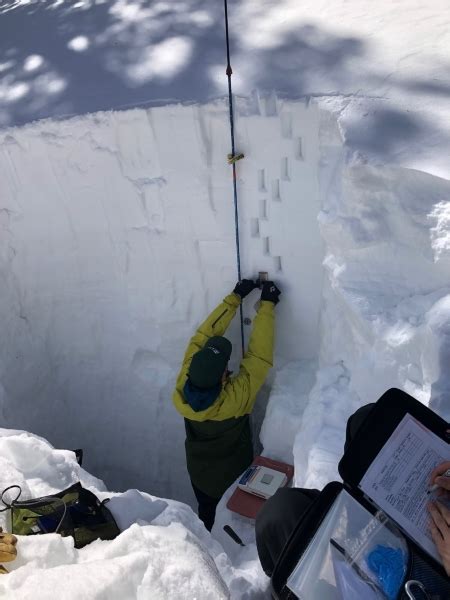Do you ever pause to think about what lies within the pristine snow-capped peaks of the Rocky Mountains? A recent study published in the journal Environmental Pollution delved into this very question, uncovering a concerning reality – contamination. Led by DRI’s Monica Arienzo, an expert in Hydrology, a team of researchers embarked on a groundbreaking investigation that spanned nearly 50 sites across the Rockies. The findings revealed heightened levels of Mercury, Zinc, Cadmium, and Antimony lurking within the snowy expanse.
“Metal pollution in the Rockies is relatively understudied,”
As winter storms swept through these majestic mountains, they carried with them traces of metal contaminants – remnants of human activity such as mining operations scattered across regions like Idaho and Montana. The team meticulously traced back these pollutants’ origins, creating a timeline that unraveled a narrative of industrial influence on nature’s purity.
“When you start to see these trends that are consistent between different records,
it makes you feel more confident that something’s really happening here.”
The implications go beyond mere contamination levels; they extend into how dust particles can accelerate snowmelt. By settling on the snowpack’s surface, dust diminishes its reflective properties, hastening its thawing process. This interconnected web of factors underscores the intricate balance between human actions and natural ecosystems.
The study ingeniously pieced together various data sets like fragments of a puzzle to construct a comprehensive picture of metal contamination distribution in the region. Snow samples collected from diverse locations provided tangible evidence while atmospheric deposition measurements offered insights into long-term trends spanning nearly a decade.
Arienzo’s revelation about higher contaminant concentrations in northern Rockies sparked curiosity and concern alike. Could this be attributed solely to current mining activities or do historical sites also play a role? The researchers turned to USGS datasets tracking mining locales and EPA Superfund sites documenting past contamination hotspots for answers.
“This study shows the importance of continued scientific monitoring efforts.”
One crucial aspect highlighted by Arienzo was how ongoing scientific vigilance and mitigation strategies must be enforced rigorously. Monitoring efforts need to persist alongside proactive measures aimed at addressing both existing and legacy mining sites’ impact on environmental health.
The research forms part of a broader initiative supported by the National Science Foundation (NSF), using innovative methods like tree ring analysis to delve deeper into historical mercury contamination patterns. By juxtaposing mercury records found in tree rings against those extracted from snowpack samples, Arienzo envisages gaining valuable insights into mercury dispersion mechanisms throughout nature’s realms.
In essence, what lies beneath the glistening allure of Rocky Mountain snow unveils not just immaculate beauty but also hints at an intricate tale woven with threads of human intervention and environmental repercussions. As we gaze upon these majestic peaks blanketed with snowflakes, let us remember that each flake carries within it echoes of our collective responsibility towards preserving nature’s sanctity for generations yet unborn.

